Description
Rainbow is a British children’s television series, created by Pamela Lonsdale, which ran from 16 October 1972 until 6 March 1992 when Thames Television lost its ITV franchise to Carlton Television. The series was revived by HTV on 10 January 1994 until 24 March 1997, in two different formats from the original Thames series, with differing cast members.
The original Thames series has gained cult status and continues to get frequent mentions on radio and television. A few DVDs have been produced, including one celebrating 30 Years of Rainbow.
Characters
- The presenter – at first David Cook, who was replaced in 1974 by the best-known presenter Geoffrey Hayes. He brought the other members of the Rainbow household to order or gave them something to do. He acted as the symbol of adult wisdom, and rarely demonstrated overt affection to any of the three puppet characters, acting more as a carer/teacher than a father. While bright and cheery by default, Geoffrey occasionally became exasperated and flustered by the misbehaviour of the puppet characters, and a lot of the comedy in the later episodes revolved around him showing a grumpier side and occasionally losing his temper. There were infrequent mentions to his life outside of the Rainbow household, such as girlfriends, while several episodes stated that Geoffrey had a day job, apparently working in an office during weekdays.
- Zippy – loud and domineering, but usually very funny (albeit not to the other characters in the show). Zippy’s mouth is a zip, and when he became too bossy or irritating, this was zipped shut to prevent him from continuing: on at least one occasion he unzipped himself, though he appears unable to do so on other occasions or simply submits to this punishment. He broadly represented childhood self-centeredness, “naughtiness” and extroversion. Zippy was extremely boastful and would frequently brag about his superior intelligence and singing skill (both of which proved to be completely unfounded when put to the test) and was also greedy, often overeating and displaying a particular love for chocolate and sweets.
- George – a shy, pink and slightly camp hippo. He broadly represented sensitivity and introversion. George first appeared in 1973, introduced as a shy friend of Zippy’s who was afraid of being seen or heard, usually crouching very low behind the window pane and rarely speaking, preferring to make funny noises. In subsequent seasons George gradually became more extroverted and spoke more, though he remained predominantly shy and timid. The most generally well-behaved and well-meaning of the puppet characters, George often found himself caught between Zippy and Bungle’s squabbling, and his good nature taken advantage of by the other characters. Although mostly introverted, several episodes reveal that he aspires to be a singer.
- Bungle – a brown furry bear with a squashed face, who is inquisitive but also clumsy and usually complains a lot about the other characters, especially Zippy’s antics. He broadly represented conformity. Although on the surface he appears well-behaved and sensible, Bungle has a very sneaky side and a tendency to suck up to authority, making him frequently just as troublesome as Zippy, if not more so. The polar opposites of Zippy and Bungle’s personalities are the source of much humour. Although unclothed most of the time, he wraps a towel around his waist after a shower and also wears tartan pyjamas at bedtime. His friends would on occasion put his bed in the shower if he was not vigilant. The original 1972 costume resembled a wild brown bear, but in 1973 this was replaced with a new design resembling a teddy bear. The costume design underwent another overhaul in 1974 with an all brown pelt (instead of the previous brown/white) slimmer torso and further modified face.
- Rod, Jane and Freddy – a group of musicians who regularly featured on the show. When they debuted in 1974 they were ‘Rod, Jane and Matt’, Matt being Matthew Corbett (of The Sooty Show fame). Matt was replaced from 1977 by Roger Walker, before Freddy Marks, in turn, took over in 1981. Although initially confined to the song segment of the show, gradually Rod, Jane & Freddy began to feature more heavily in the episode’s storylines during the show’s run, often playing significant roles in the plot. Some of the early 80s episodes stated they lived in the Rainbow House and they were shown to have a bedroom of their own, although later episodes implied they lived next door. Rod, Jane & Freddy were very well-respected and looked up to by Zippy, George and Bungle, who admired their singing and rarely ever got into any conflict with them.
- Sunshine and Moony – optimistic sunshine (yellow with a red hat) and his more gloomy friend Moony (brown with a tuft of yellow hair) were the original ‘stars’ of the programme, but soon became little more than foils to the more popular Zippy. They would occupy short sketches in the early episodes, the humour coming from the boastful, extroverted Sunshine winding up the more modest, cynical Moony, in a loose parallel of the later relationship between Zippy and George. they were phased out by 1974, in favour of greater roles for Bungle and (especially) George.
- Zippo – Zippy’s cousin, identical in appearance to Zippy but slightly brighter in colour, who would make the occasional guest appearance throughout the 80s and 90s seasons. Originally portrayed as an eloquent Frenchman, but a later episode depicted him as an American-accented rapper with loud, flashy clothing.
- Georgette – a pink female hippo, identical in appearance to George except for her longer eyelashes and floppy hat. She appears in the 1986 episode “Falling Out and Making Up” in which she moves into the house next door to the Rainbow House and immediately gets along well with George. Despite her close resemblance to George in appearance and name, this appears to be nothing more than sheer coincidence.
Only logged in customers who have purchased this product may leave a review.
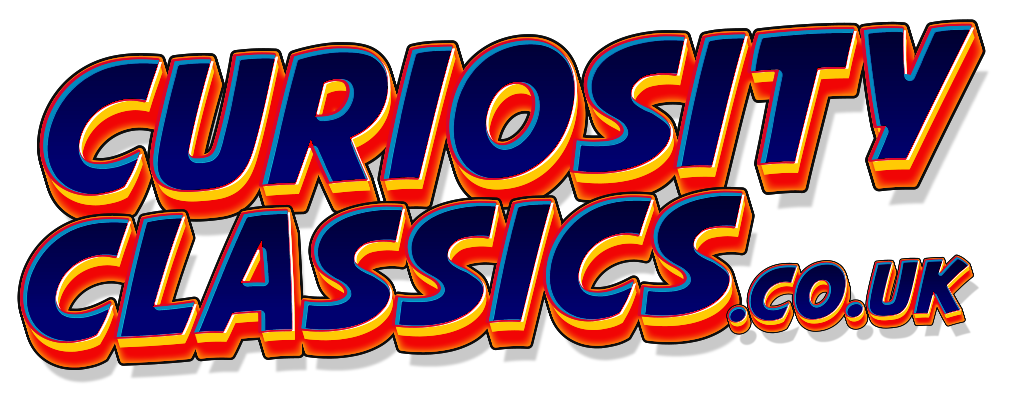
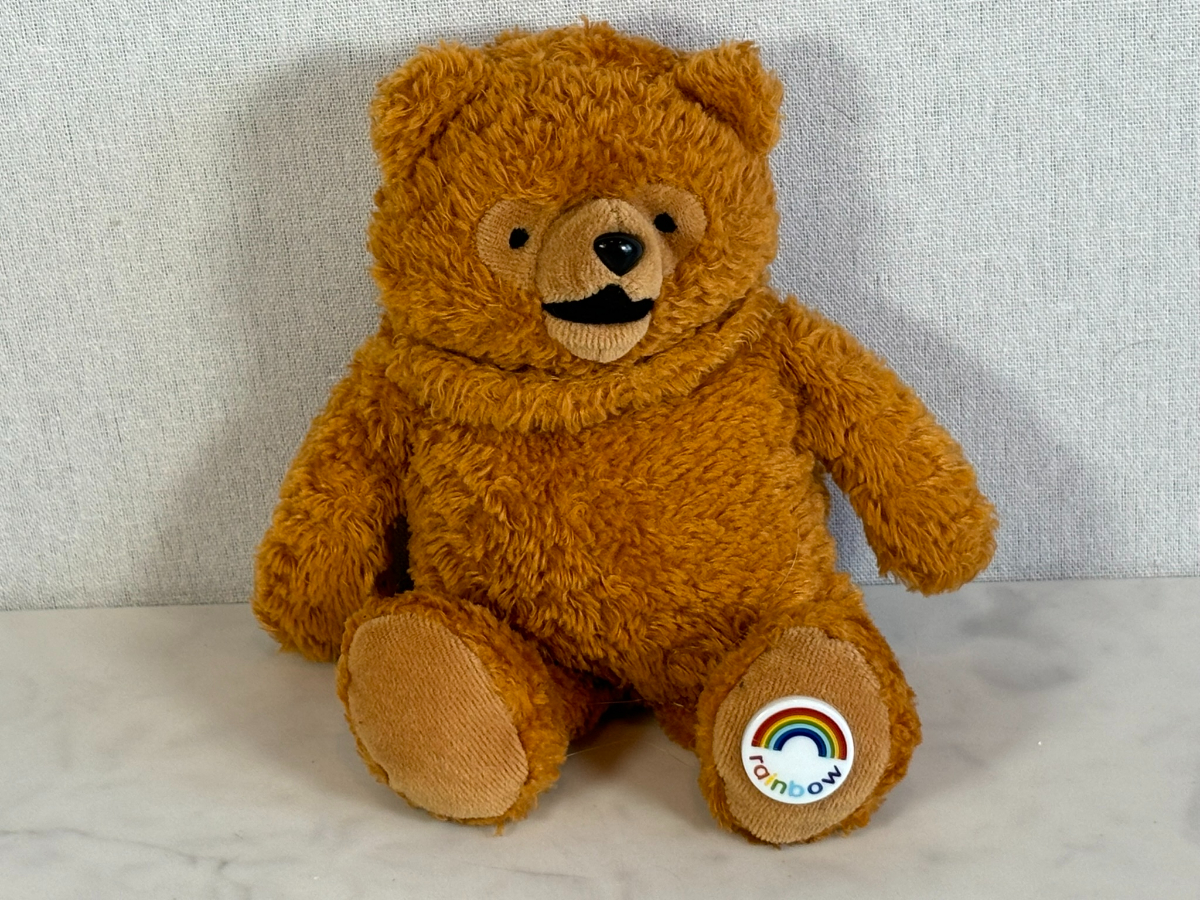
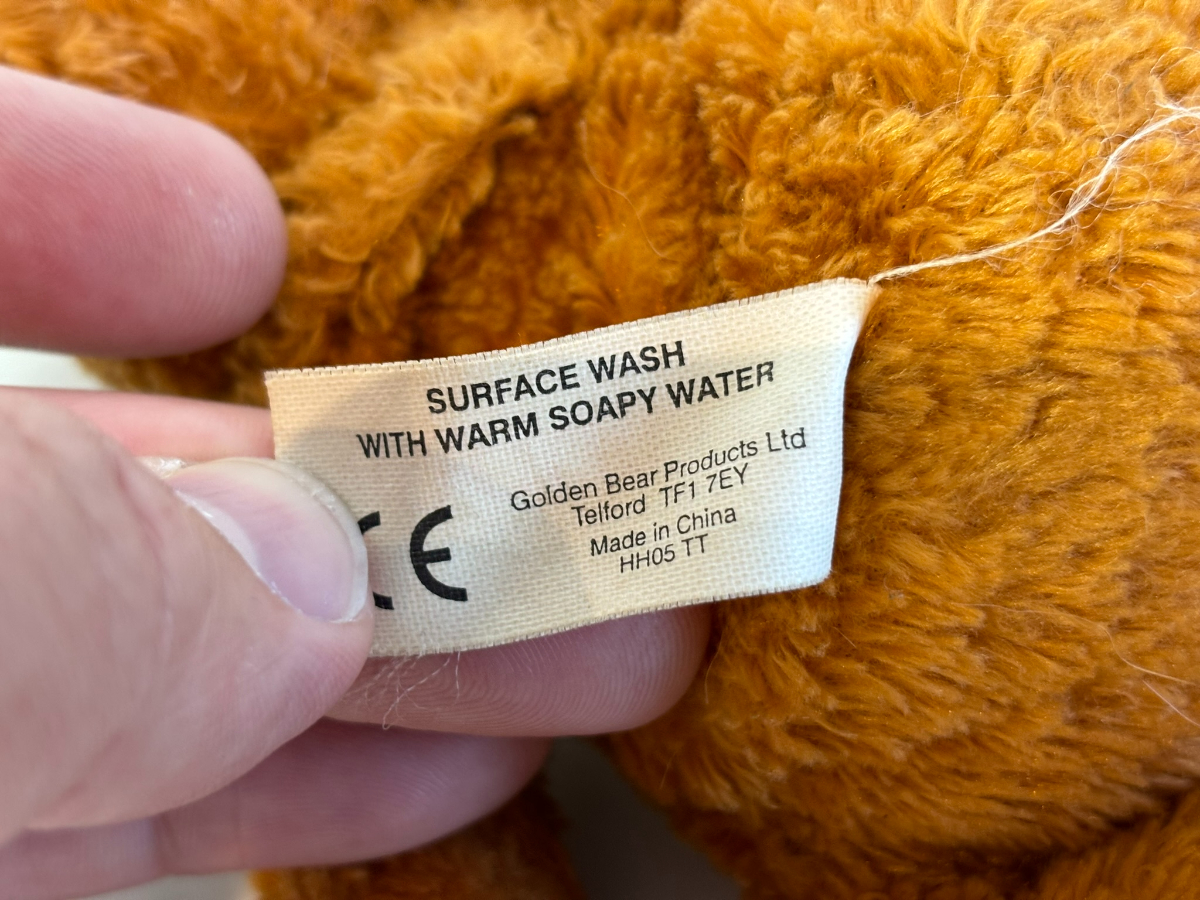


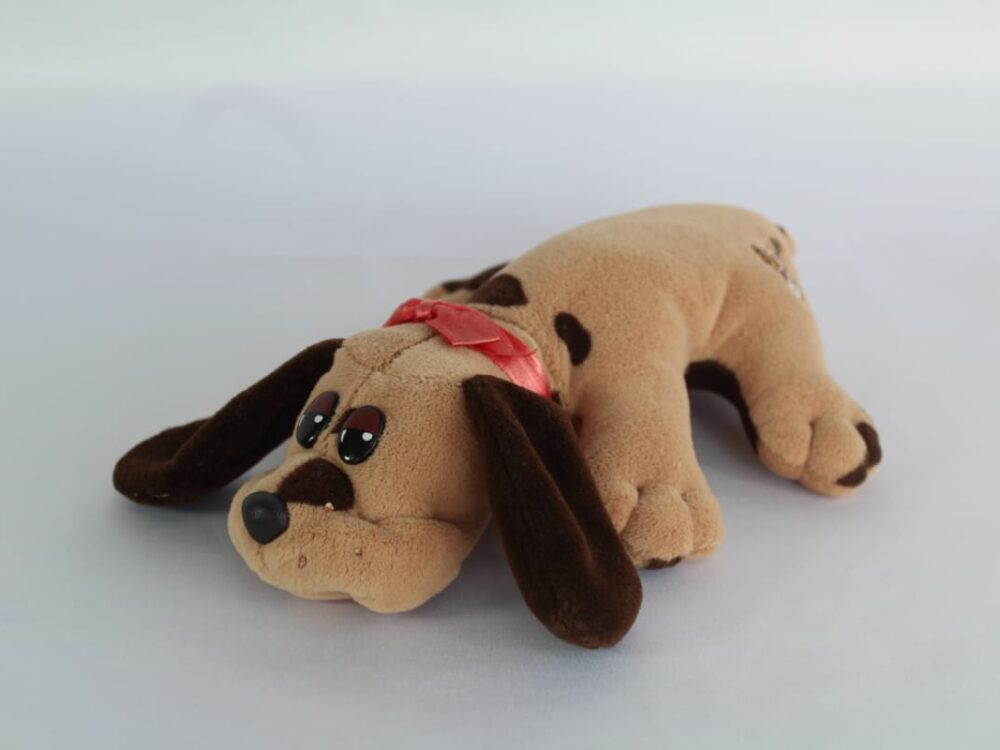
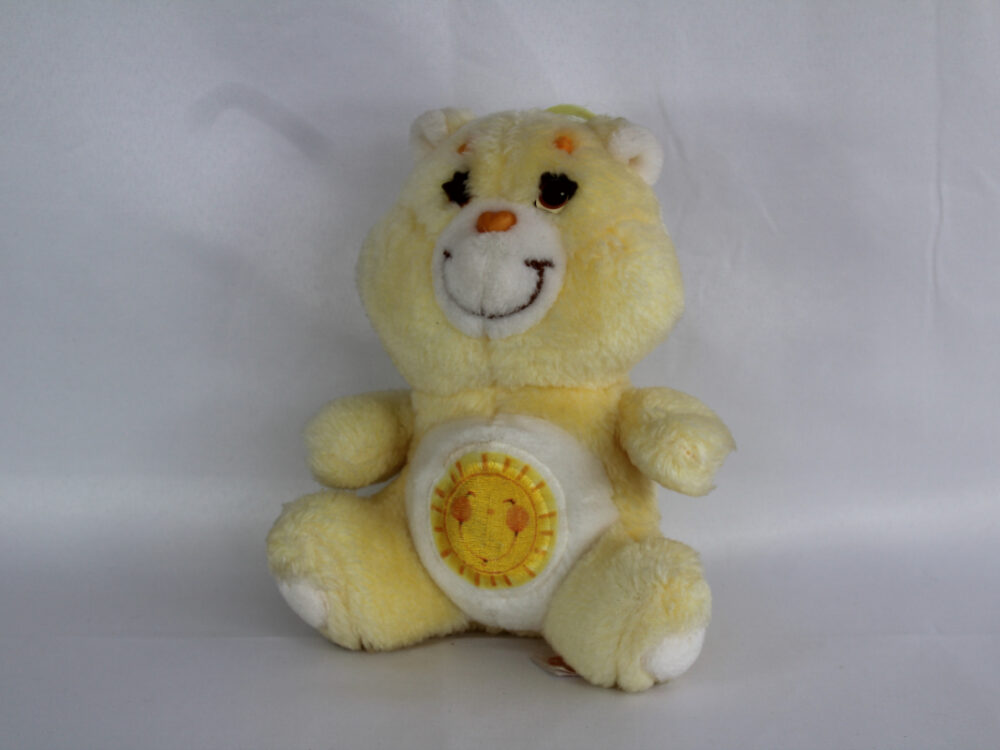
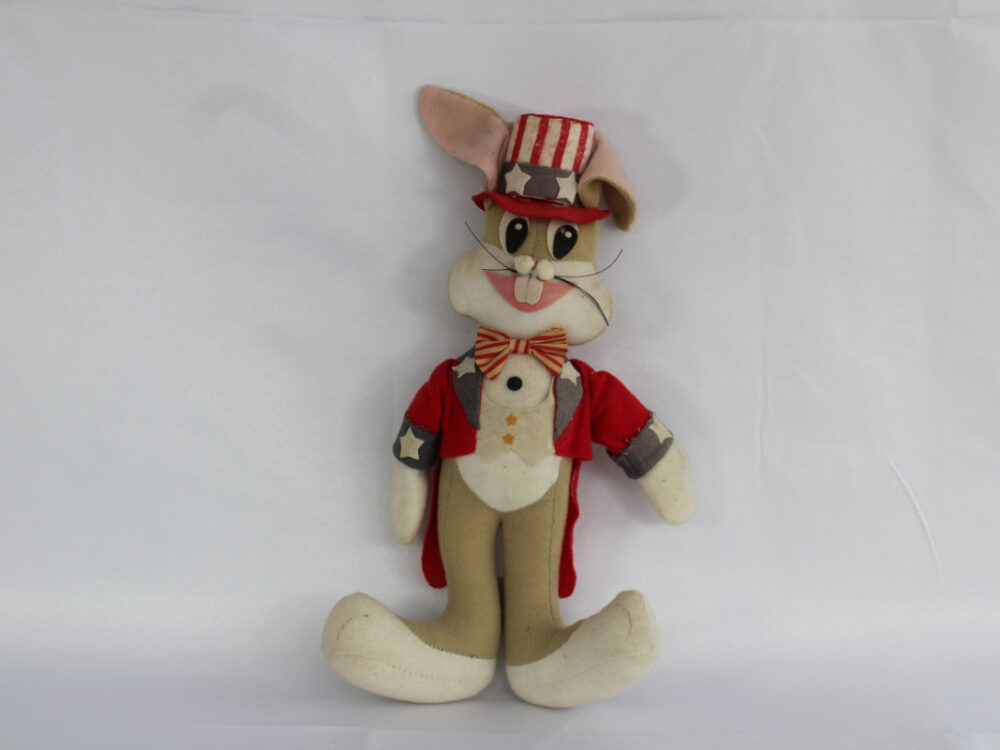
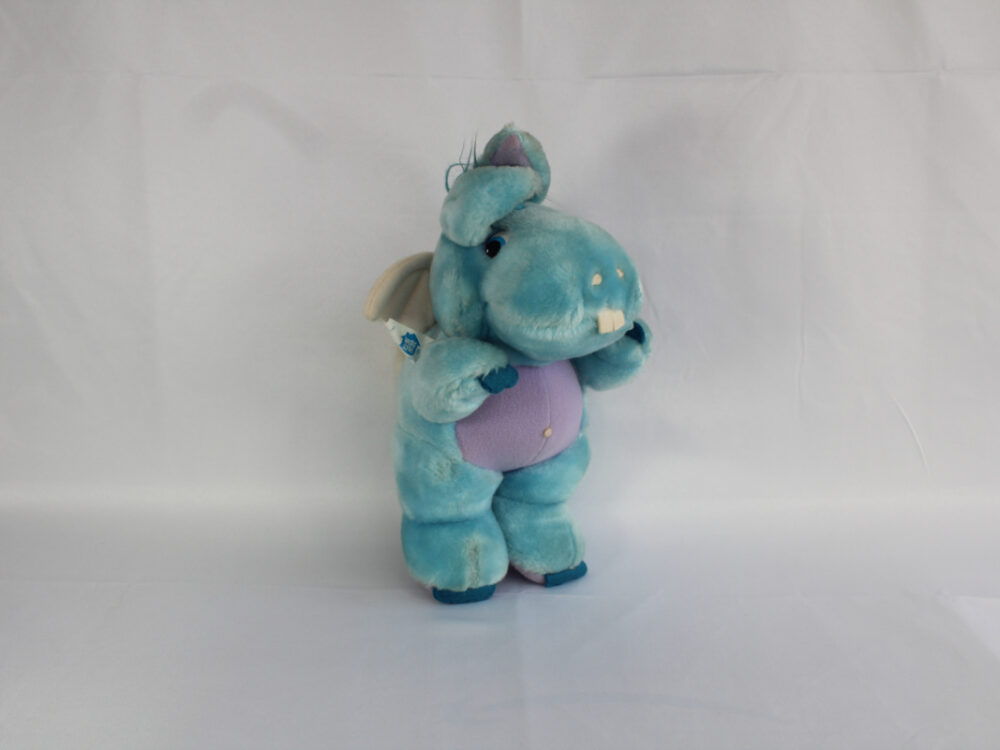
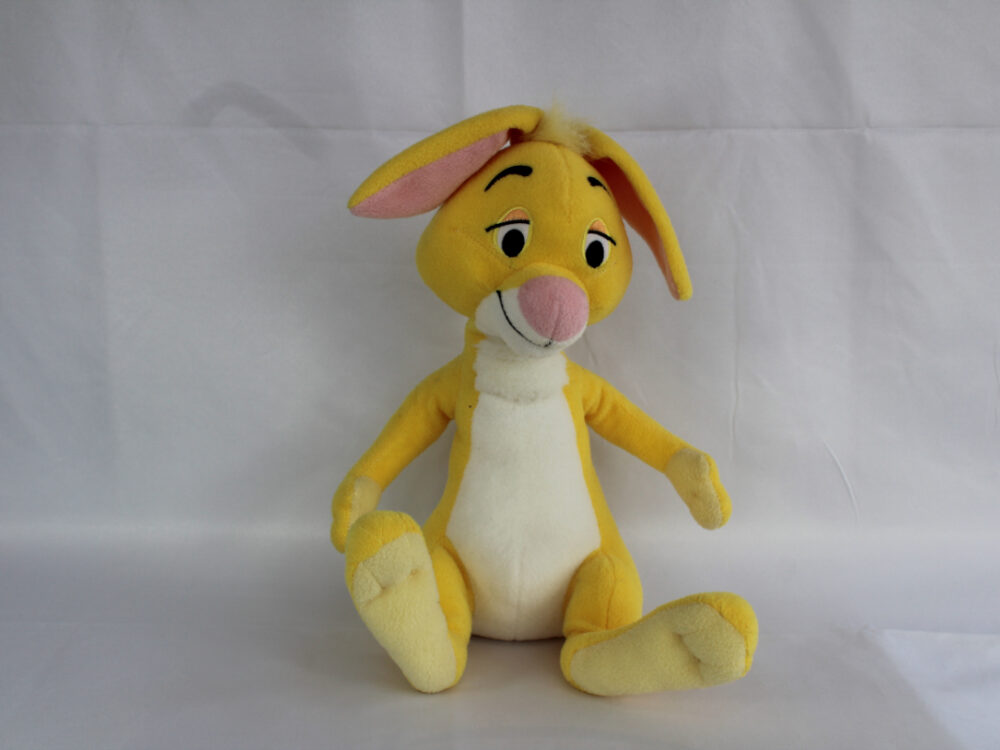

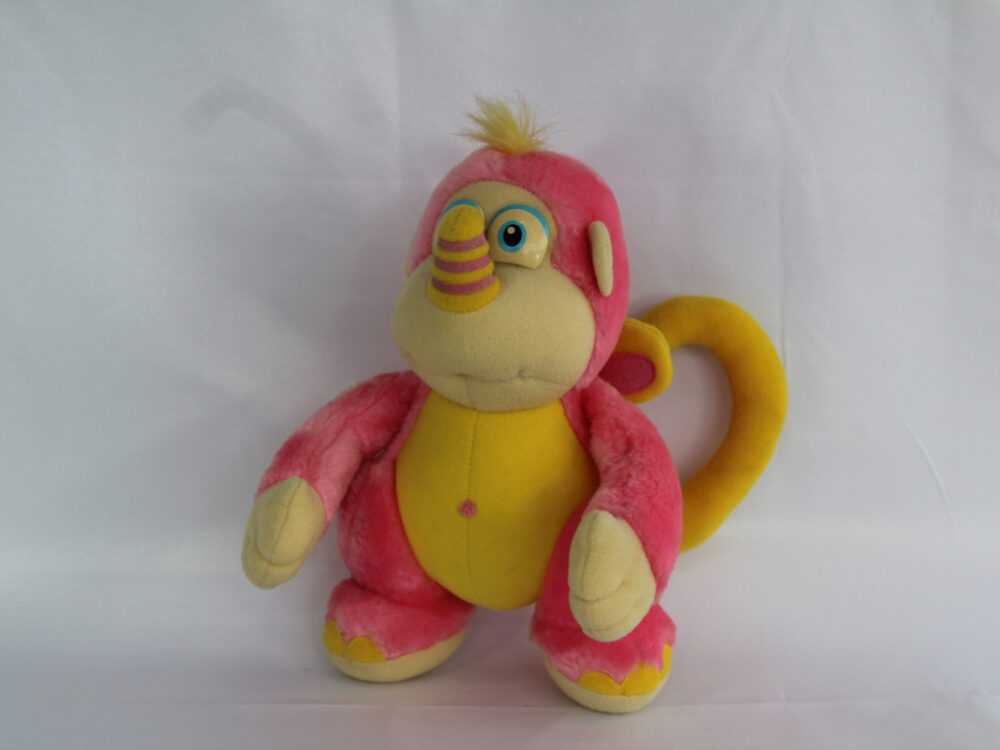
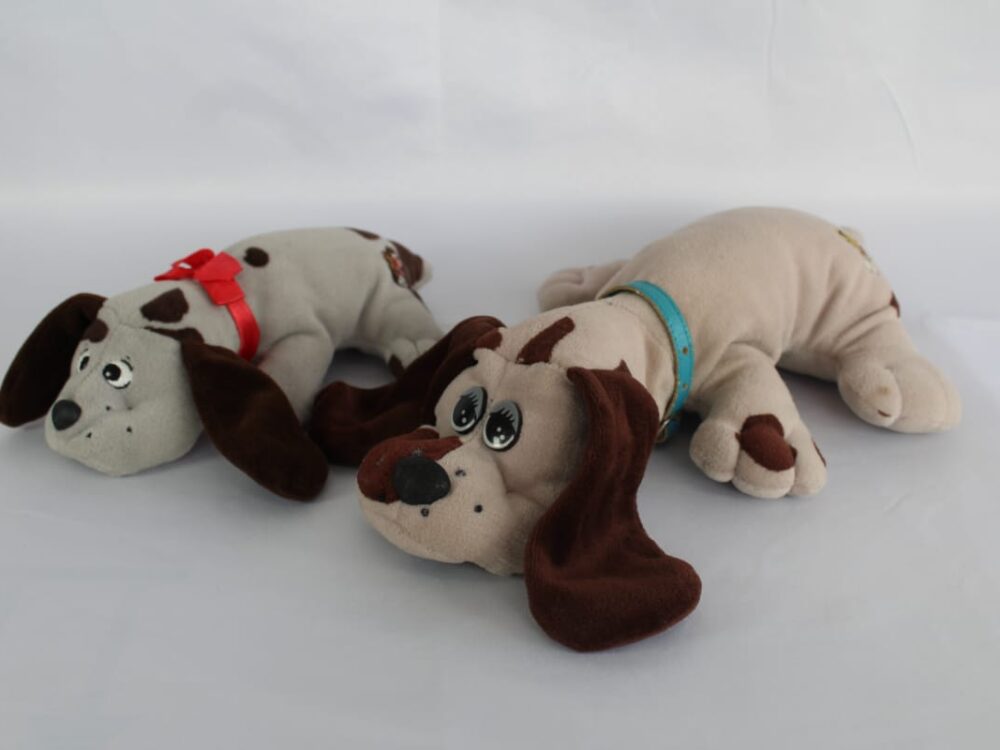
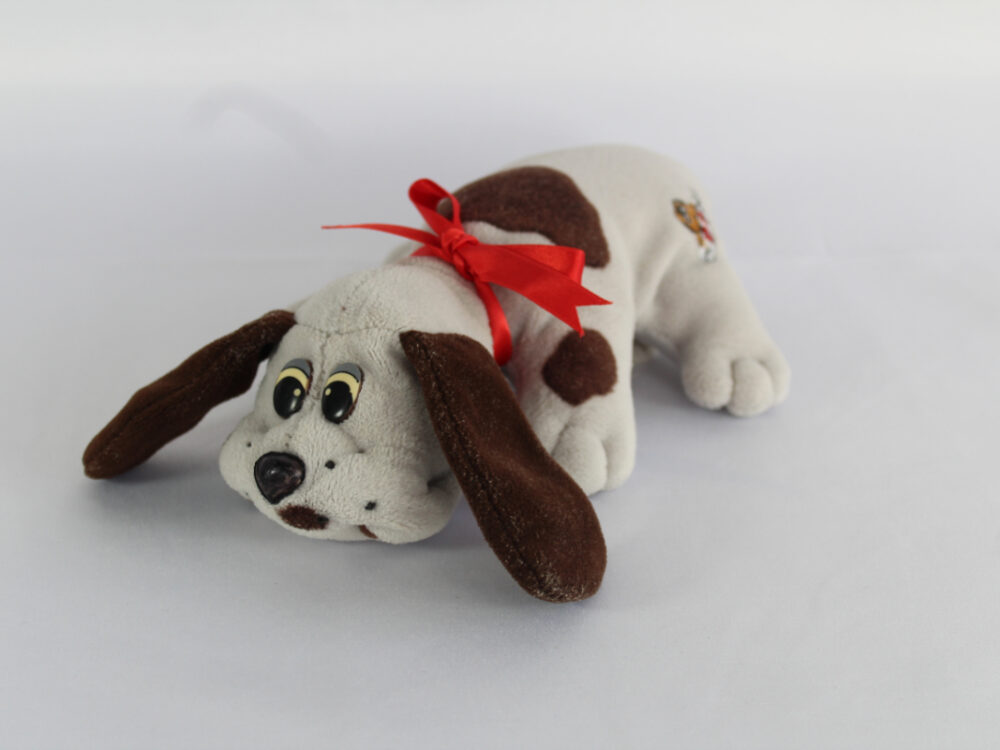
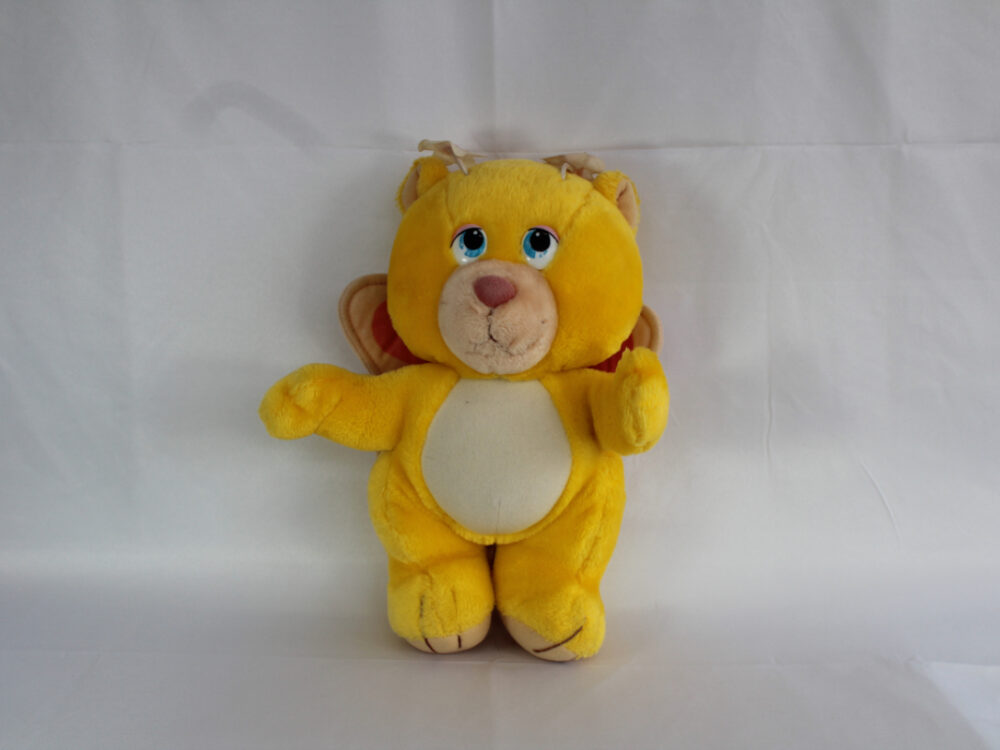
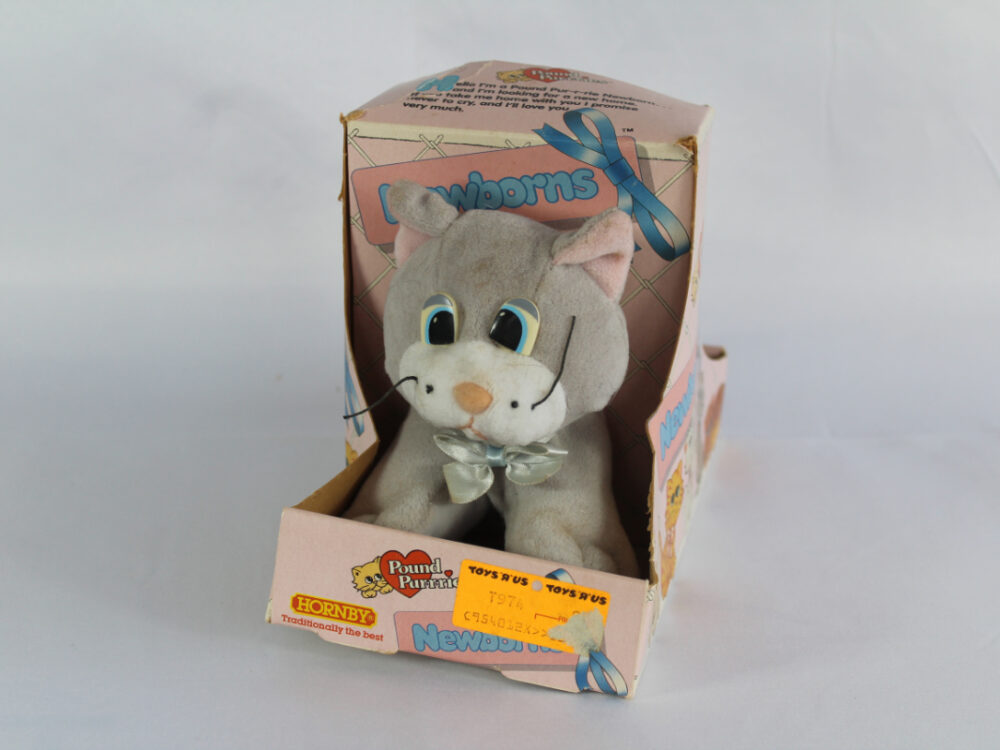



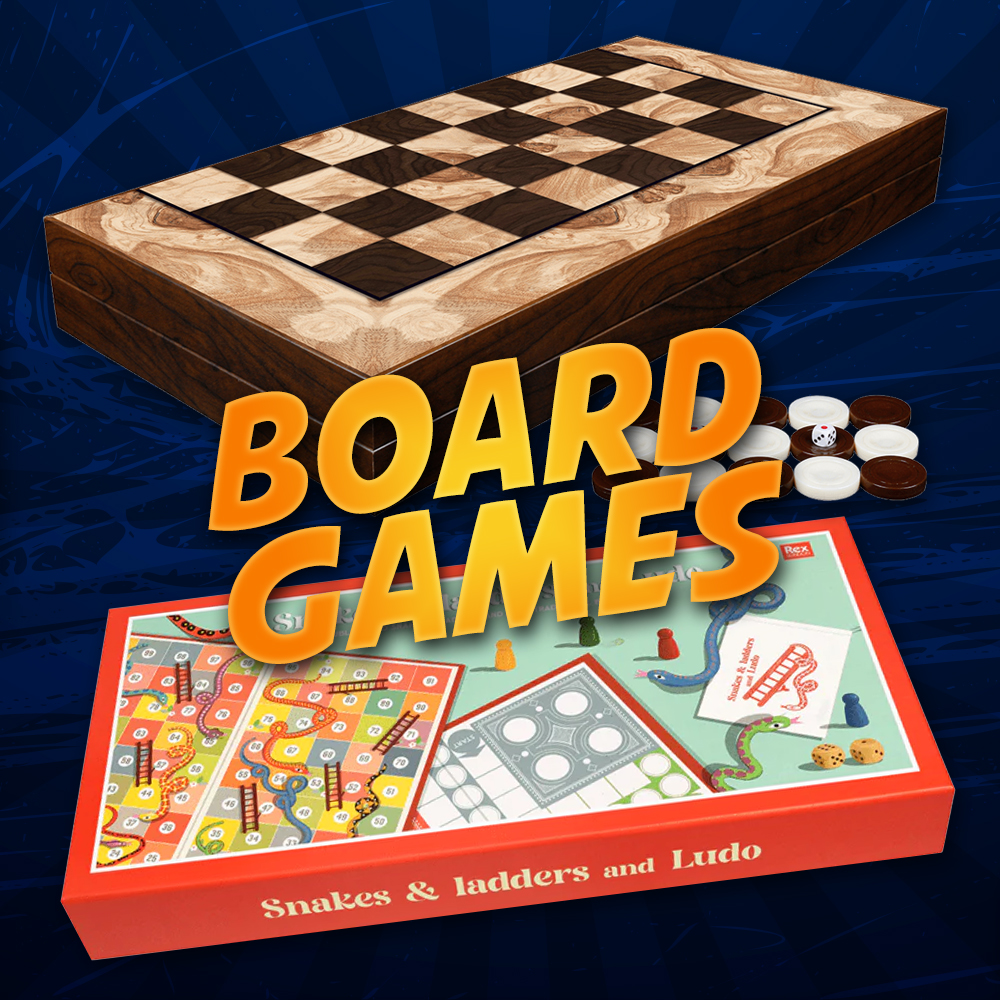

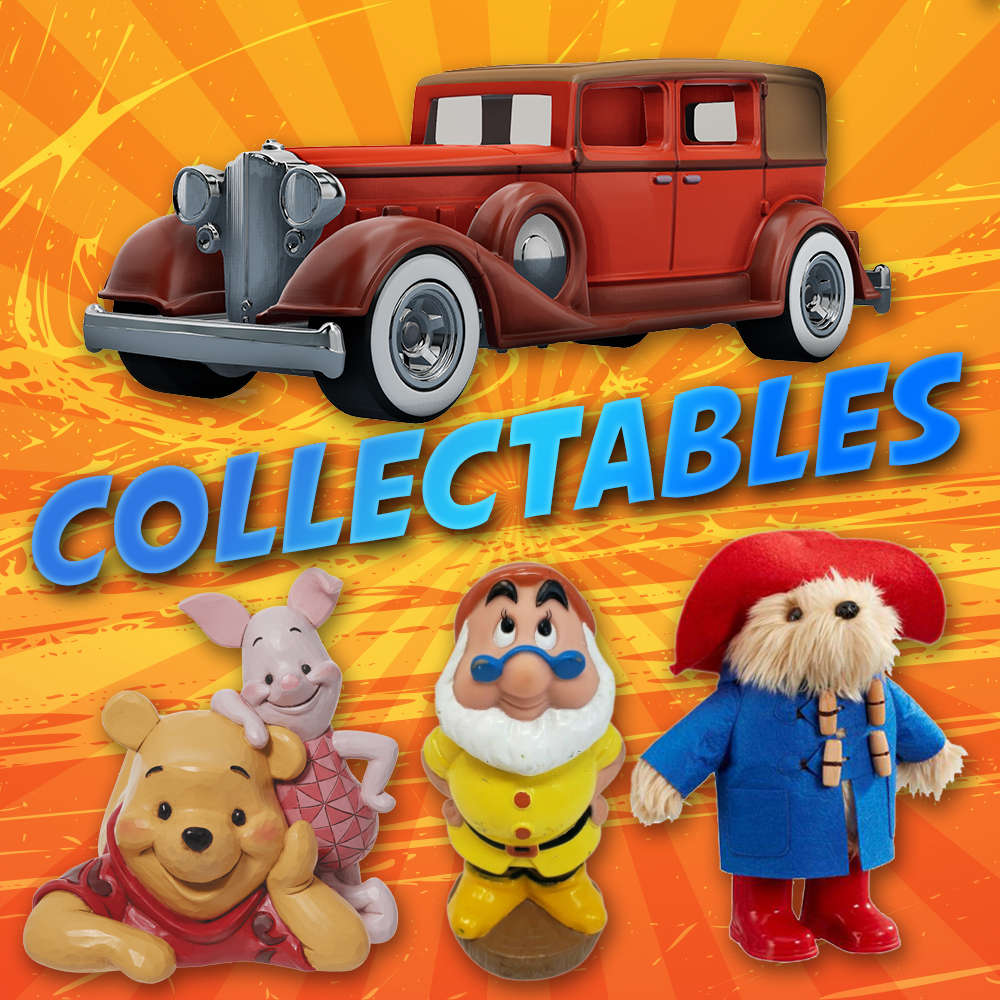

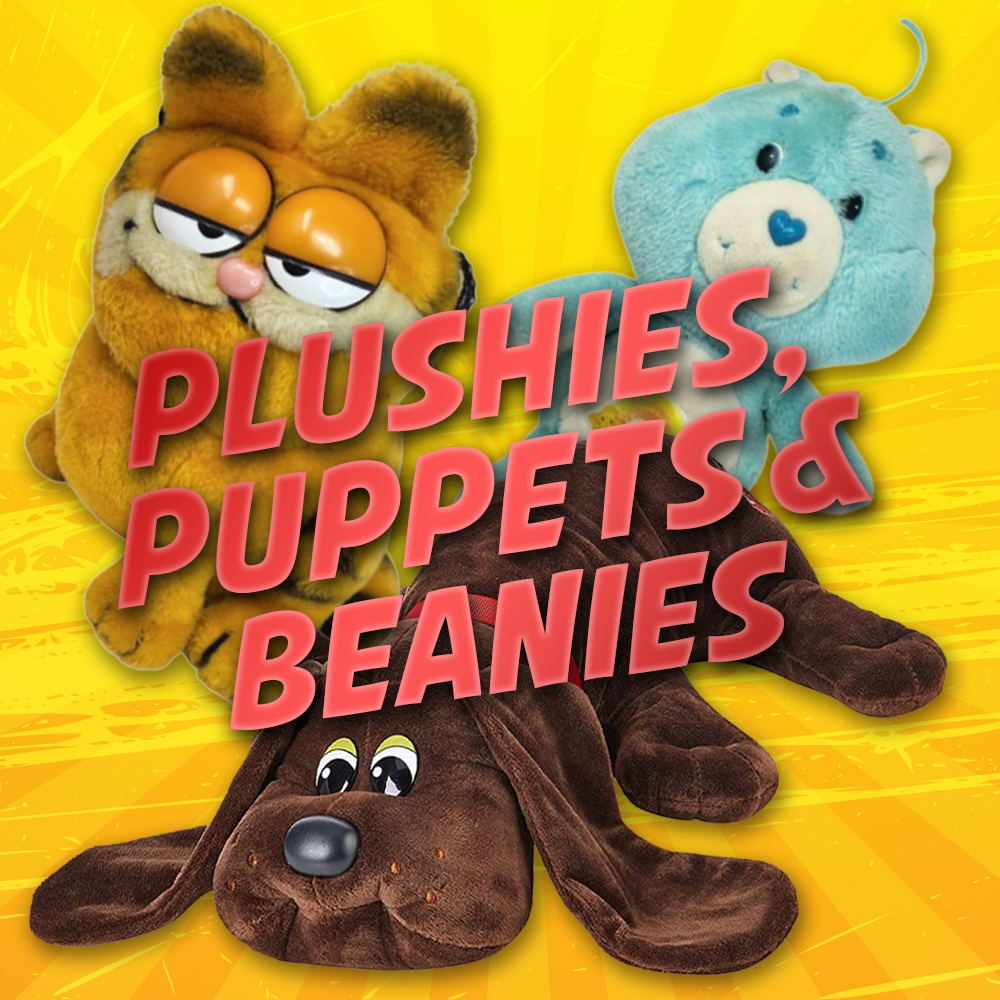
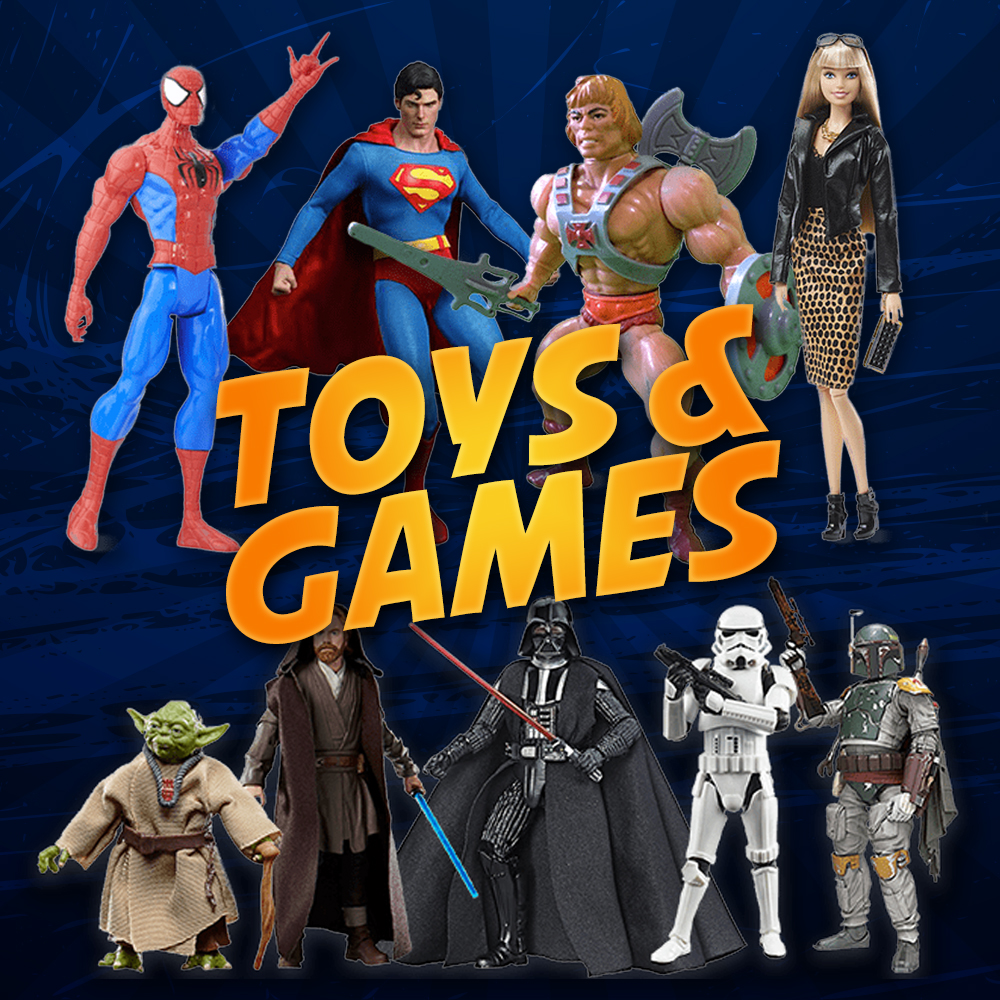


Reviews
There are no reviews yet.